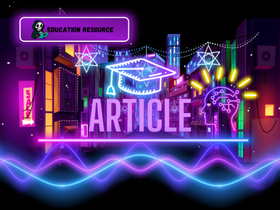Basic Economic Concepts
Economics, the study of how societies allocate scarce resources to satisfy unlimited wants, is built on foundational principles that shape individual and collective decisions. This article explores five core concepts: scarcity and choice, supply and demand, opportunity cost, factors of production, and economic systems.
Scarcity and Choice: The Fundamental Economic Problem
Scarcity arises because humans want to exceed the finite resources available to fulfill them. This imbalance forces individuals, businesses, and governments to choose what to produce, how to produce it, and for whom. For example, a government might prioritize healthcare funding over infrastructure projects due to budget constraints. Scarcity underpins all economic decision-making, as highlighted by the Federal Reserve Bank of St. Louis, which emphasizes its role in shaping policy and behavior.
Supply and Demand: The Mechanics of Market Prices
Markets operate through the interaction of supply (the quantity of goods producers offer) and demand (the quantity consumers desire). Prices adjust to balance these forces: when demand exceeds supply, prices rise, incentivizing producers to increase output. Conversely, surplus supply drives prices down. This equilibrium is central to capitalist economies and is explained in detail by Investopedia’s Supply and Demand Guide.
Opportunity Cost: The Hidden Cost of Decisions
Every choice entails an opportunity cost—the value of the next-best alternative forgone. For instance, a student choosing to attend college sacrifices potential income from working full-time. Recognizing opportunity costs helps individuals and organizations prioritize effectively. The Stanford Encyclopedia of Philosophy provides a philosophical perspective on how trade-offs influence value judgments.
Factors of Production: Resources That Drive Economies
Economic output relies on four factors: "LLCE"
- Land: Natural resources (e.g., oil, farmland).
- Labor: Human effort and skills.
- Capital: Tools, machinery, and infrastructure.
- Entrepreneurship: Innovation and risk-taking.
These elements combine to create goods and services, as outlined by the International Monetary Fund (IMF)
Economic Systems: Organizing Resource Allocation
Societies adopt distinct systems to manage resources:
- Capitalism: Private ownership and market-driven production (e.g., the U.S.).
- Socialism: State control of key industries to promote equality (e.g., Sweden).
- Mixed Economies: Blend private enterprise and government intervention (e.g., Germany).
- Command Economies: Centralized state planning (e.g., North Korea).
The World Bank analyzes how these systems impact global growth and inequality.
In conclusion, economics provides a framework for navigating trade-offs in a world of scarcity. By understanding supply and demand dynamics, opportunity costs, production factors, and economic systems, individuals can make informed decisions, whether budgeting household expenses or shaping national policy. These concepts, as explored by trusted institutions like the IMF and World Bank, remain vital to addressing challenges from inflation to sustainable development.
